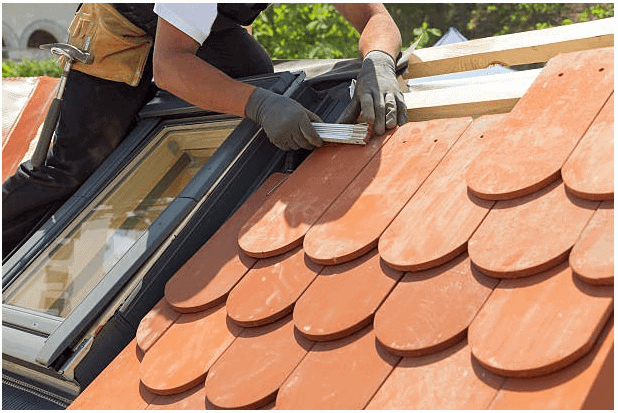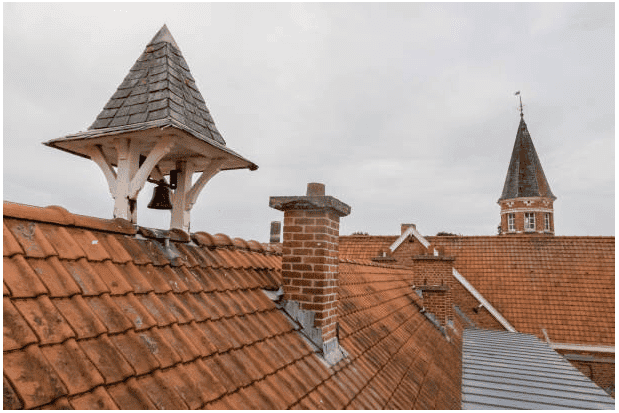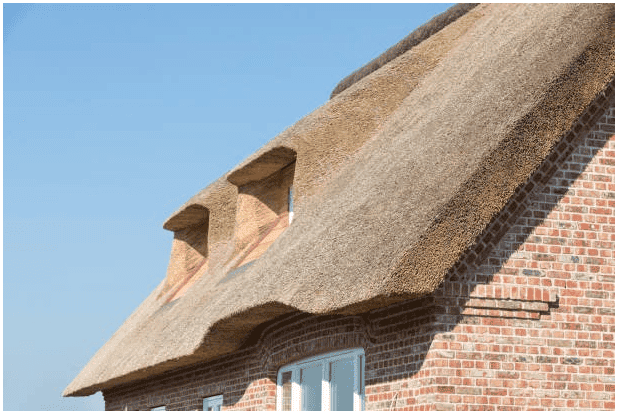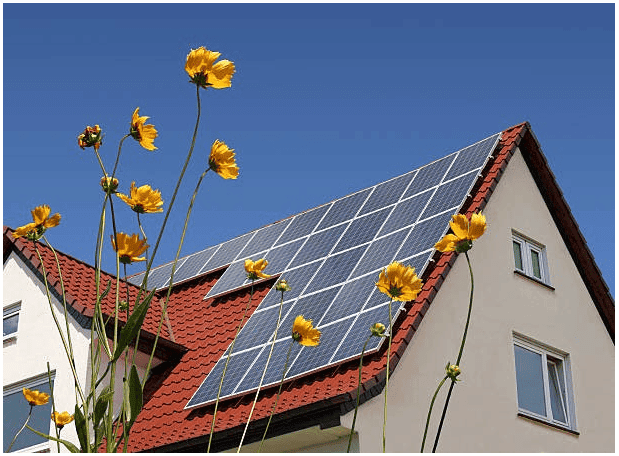With an affordable solar system, your home can start saving money on energy costs. Plus, you’re doing your part to eliminate air pollution and help the planet.
However, you’ll need to learn a little more about your roof before you start benefiting from solar energy. Certain roofs are unable to hold solar panels. You don’t want to purchase solar panels only to find that you can’t use them.
Here are five factors that will help you determine the best roofing material for solar power.
1. Orientation and Pitch
One of the first things you’ll need to do is check your roof’s orientation and pitch. The orientation of your roof is what direction it faces. It’s generally best to install solar panels on south-facing roofs.
However, placing solar panels on a roof that is east or west-facing should give you more than enough usable energy. With that said, solar panels placed on east or west-facing roofs usually absorb 20% less power than ones facing south.
It’s now time to gain a better understanding of your roof’s pitch. The pitch of your roof is an imperative factor when considering placing solar panels on your home. A roof that’s too steep won’t create the right environment for solar panels. It could lead to your solar panels either falling off your roof or busting through your ceiling.
2. Age of Roof
Another incredibly important thing to consider before buying solar panels is the age of your roof. As time goes on, your roof will begin to show signs of wear and tear. With that said, excessively worn roods might not be suitable for solar panels.
As a rule of thumb, most roofs that are at or over 20 years old likely need repair work before anyone installs solar panels on them.
If you recently received a new roof or it’s otherwise in optimal condition, you can skip this step.
On the other hand, you might be unaware of your roof’s age. Unless you’re a roofer, it’s going to be hard to assess the condition or age of your roof. Keep yourself safe, and leave a roof inspection to a roofing professional.
3. Hours Under Shade
You’ll also want to think about what parts of your roof don’t receive much sun. Certain roofs spend time under the shade because nearby trees block out the sun’s rays. Placing solar panels where your roof receives lots of shade won’t generate much energy.
It’s also imperative to learn how many peak sun hours your city receives. As you know, the sun shines for many hours each day. With that said, not every hour of sunlight your solar panels receive provides lots of energy.
The hours that deliver the most energy to your solar panels are peak sun hours. On average, most cities in the United States receive anywhere from three to five peak sun hours per day.
4. Current Roofing Material
You’ll also want to consider roofing materials before having someone place solar panels on your home. If you’re like many homeowners, there are asphalt shingles on top of your property. With that in mind, you’ll be glad to know that shingles work well to safely secure solar panels.
However, there are a few roofing materials that are not suitable for solar panels. Solar professionals typically avoid installing solar panels on wood roofs. That’s because these materials, while suitable to protect your home, are brittle. The brittleness of wood and slate roofs makes it dangerous for solar panel installers to work on these surfaces.
As the solar energy industry evolves, advancements might allow for solar panels to safely sit on these types of rooftops. You can check out this infographic made by Electrcischool for more information about the solar energy industry’s bright future.





5. Roof Size
Without measuring your roof, you won’t know how many solar panels will fit on top of your home. It’s understandable to assume that placing solar panels on every square inch of your roof is a good idea. However, not all parts of your roof receive sunlight. You also don’t want solar panels in areas that receive lots of shade.
Another thing to think about is the fire safety laws in your vicinity. Many cities have strict requirements about leaving bare pathways on your roof. These pathways help firefighters have clear access if they need to walk on top of your home for any reason.
Eliminating shady spaces, pathways, and areas covered by fixtures will give you a clear understanding of how much usable roof space you have.
It’s imperative to ensure that your roof is ready for solar panels. Follow the previously mentioned steps, and you’ll soon get to experience everything solar energy has to offer.










